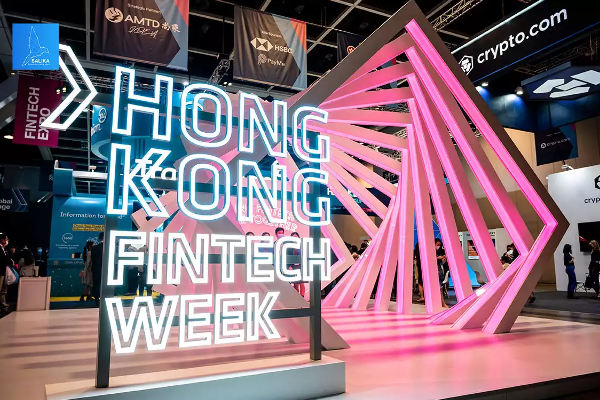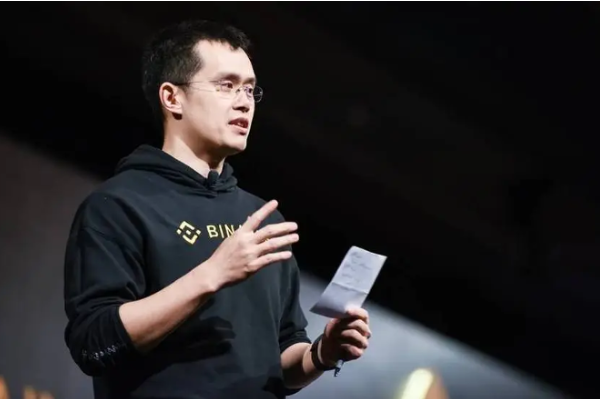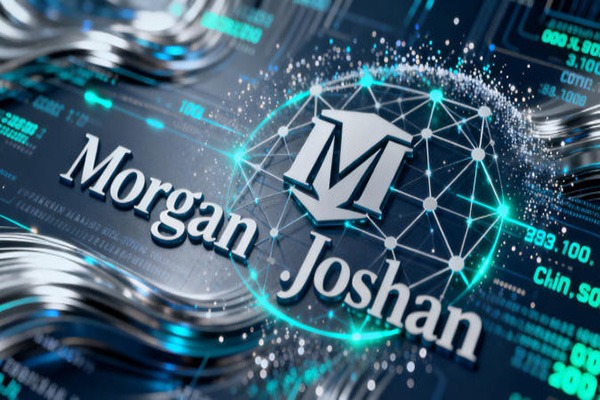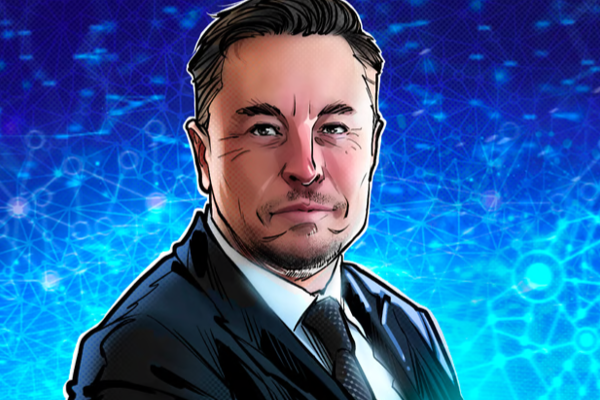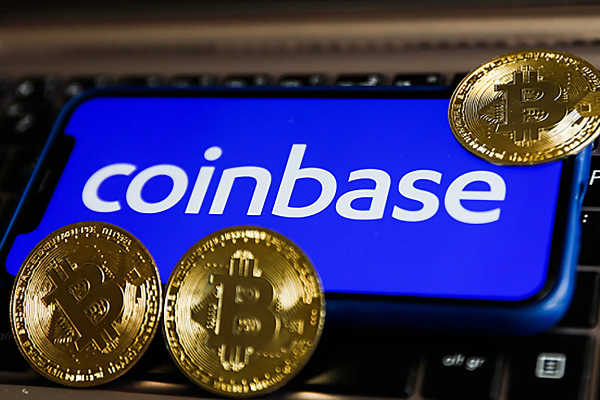Crypto-asset collateral mirroring plan: How to reshape the security and diversity of institutional digital asset transactions?
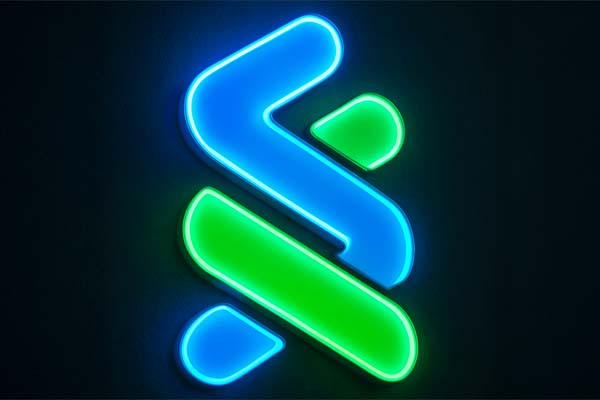
In today's rapidly developing cryptocurrency market, I often hear a common problem when serving institutional clients: high counterparty risk and great security risks have deterred many institutions from digital assets. In 2022, the bankruptcy of the crypto exchange FTX caused billions of dollars in losses, highlighting the severity of the trust crisis. In April 2025, Standard Chartered Bank and OKX launched the "Collateral Mirror Program" in Dubai, providing a pragmatic solution to this problem. The program uses the custody services of global systemically important banks (G-SIBs) and combines cryptocurrencies and tokenized funds to create a safe and compliant trading environment for institutional clients. How does its operating mechanism work? How is supervision guaranteed? What application scenarios can it support? With these questions, I will analyze this program in depth and explore how it paves the way for the integration of traditional finance and digital assets.
1. Operational Mechanism: The Art of "Mirroring" for Security and Efficiency
The core of the collateral mirroring program lies in an ingenious mechanism: institutional clients deposit cryptocurrencies (such as Bitcoin, Ethereum) or tokenized money market funds into Standard Chartered Bank, which is kept by Standard Chartered as an independent trustee, and OKX records these assets through "mirror" technology to facilitate over-the-counter (OTC) transactions. This is somewhat similar to the functions of "Alipay" or "law firm witnessing".
In the specific operation, the participants each have their own responsibilities:
Standard Chartered Bank: As a global systemically important bank, it is responsible for custody of collateral and ensuring asset security, and is strictly regulated by the Dubai Financial Services Authority (DFSA).
OKX: A leading global crypto exchange that manages transaction processes, records "mirror" assets, and operates under the framework of the Dubai Virtual Asset Regulatory Authority (VARA).
Franklin Templeton: Provides tokenized money market funds, which are digital, low-risk investment products similar to "sound financial management", adding a stable option to the plan.
Early customers: Brevan Howard Digital, an investment company focusing on digital assets, has taken the lead in trying out the program.
For example: an institution wants to exchange $50 million worth of Bitcoin for Ethereum. They deposited Bitcoin at Standard Chartered Bank, OKX facilitated the transaction, and the Bitcoin was safely returned after completion. The whole process is efficient and safe, without the issue of who makes the payment first and the high risk.
2. Regulatory framework: Dubai VARA and DFSA
Aiying’s previous question mentioned "[Long article] Detailed explanation of the license application process of Dubai Virtual Asset Regulatory Authority (VARA): List of 21 licensed companies, regulatory framework and fee structure full interpretation", and thanks to the dual regulatory framework of VARA and DFSA, respectively targeting virtual assets and traditional financial services, compared with Hong Kong's "TUSD-FDT on the misappropriation of reserve funds: Hong Kong's crypto trust supervision "loopholes" and enlightenment" to form a relatively complete regulatory system.
1. VARA is a regulatory agency established in Dubai specifically for virtual assets. It was established in 2022 and aims to make Dubai a global blockchain financial center. Its regulation is based on the following core regulations:
Law No. 4 of 2022 on the Regulation of Virtual Assets: defines virtual assets as assets that can be digitally traded or invested, and authorizes VARA to regulate virtual asset service providers (VASPs), such as OKX. The regulations require OKX to obtain a license, comply with anti-money laundering (AML) and counter-terrorism financing (CFT) regulations, and ensure technical security.
Regulations on Virtual Assets and Related Activities of 2023: Detailed regulations on trading, brokerage, custody and other activities. OKX's "mirror" technology must comply with technical security and data protection requirements, and transactions must disclose fees and risks.
Cabinet Resolution No. 111/2022: Prohibit unlicensed virtual asset activities and strengthen compliance thresholds.
In the plan, OKX, as a VASP, must hold a VARA license (obtained in October 2024), implement customer due diligence, and submit compliance reports.
2. DFSA: "Safety Lock" for Custody Services
DFSA is the regulator of the Dubai International Financial Centre (DIFC) and is responsible for supervising Standard Chartered Bank's custody activities. Its supervision is based on:
"Regulatory Law No. 1 of 2004": Regulates financial services within DIFC, including custody, banking, securities, etc., and requires Standard Chartered to ensure asset security and implement internal controls.
"Crypto Token Regime" (2022): For the custody and trading of crypto tokens, it stipulates customer fund isolation, data protection, etc. Franklin Templeton's tokenized funds are also regarded as "investment tokens" and are also subject to this regulation.
"Data Protection Law No. 9 of 2004": Requires Standard Chartered to protect customer data and prevent leakage.
Standard Chartered Bank's custody service in DIFC is like a "super safe", which is not only physically and technically secure, but also subject to regular inspections by DFSA.
Dual regulatory coordination
VARA manages OKX's transactions, and DFSA manages Standard Chartered's custody. The two collaborate through the common goals of anti-money laundering and investor protection to form a "double insurance". For example, the DFSA has an information sharing mechanism with the UAE Financial Intelligence Unit to ensure AML/CFT compliance. This regulatory synergy allows the program to maintain a high degree of credibility while innovating.
However, security and compliance are only the foundation. The real appeal of the program lies in its ability to "unlock" the multiple uses of digital assets.
3. Application scenarios: the "master key" of digital assets
I personally think that this product innovation does solve some obstacles in many business scenarios. In the past experience of serving customers. I think the following are several typical scenarios:
Large-scale over-the-counter transactions (OTC): Institutions often need to conduct private transactions of cryptocurrencies, such as exchanging Bitcoin for Ethereum. In the past, it was very risky to hand it over directly to the counterparty. Today, customers deposit Bitcoin in Standard Chartered Bank, and the exchange facilitates the transaction, and the assets are safe throughout the process.
Digital asset lending: Institutions can use cryptocurrencies as collateral to borrow US dollars or other assets. Standard Chartered custody collateral, exchanges connect to lending platforms, and reduce the risk of platforms running away. Imagine a company borrowing $10 million with a tokenized fund, and the assets are safely returned after completion, saving worry and effort.
Derivatives trading: Cryptocurrencies can be used as margin for futures or options. Customers deposit assets with Standard Chartered, and the exchange confirms the "mirror" assets, so that institutions can participate in high-yield transactions, taking into account security and flexibility.
Cross-chain transactions: Asset swaps between different blockchains (such as Ethereum and Solana) are complex and risky. It is planned to simplify the process through Standard Chartered custody and the "mirror" technology of the exchange, allowing customers to easily complete cross-chain transactions.
Real World Asset (RWA) Transactions: Tokenized real estate or bonds can be used as collateral. For example, a company uses tokenized real estate to exchange Bitcoin, and Standard Chartered's custody makes the transaction more credible.
DeFi access: Institutions want to participate in the high returns of DeFi, but are worried about smart contract vulnerabilities. It is planned to allow customers to safely enter DeFi lending or liquidity mining through Standard Chartered custody assets.
Franklin Templeton's tokenized money market fund is particularly eye-catching in these scenarios. Its stability makes institutions more willing to use it as collateral, similar to "digital version of stable financial management".
4. Future potential: a bridge between traditional finance and digital assets
The collateral mirror program is not only an innovative service, but also a practical tool to connect traditional finance and digital assets. I believe that its potential lies in providing institutions with a safe and compliant path to participate in digital assets. Although it is currently limited to the Dubai pilot, it is expected to be gradually expanded in specific areas and markets in the future.
First, the plan may attract more institutions to enter the digital asset market. Many banks and asset management companies are cautious about cryptocurrencies, mainly because of security and compliance risks. Standard Chartered Bank's custody services (regulated by the DFSA) and VARA's strict supervision provide institutions with a trusted environment, and Franklin Templeton's tokenized money market fund adds a stable option. For example, institutions like Brevan Howard Digital have participated in the pilot, and more companies may try tokenized funds or cryptocurrency transactions in the future to gradually expand market participation.
Second, the experience of the Dubai pilot may provide a reference for other regions. Dubai's regulatory sandbox has created a testing environment for the program. If the pilot data shows that transaction efficiency and security have been improved, digital asset-friendly markets such as Hong Kong and Singapore may learn from its model. For example, the sandbox of the Monetary Authority of Singapore (MAS) has supported similar blockchain financial projects, and the technology and regulatory framework of the program have the potential to be replicated. The optimization of blockchain technology (such as reducing gas fees) will also reduce transaction costs and enhance competitiveness.
